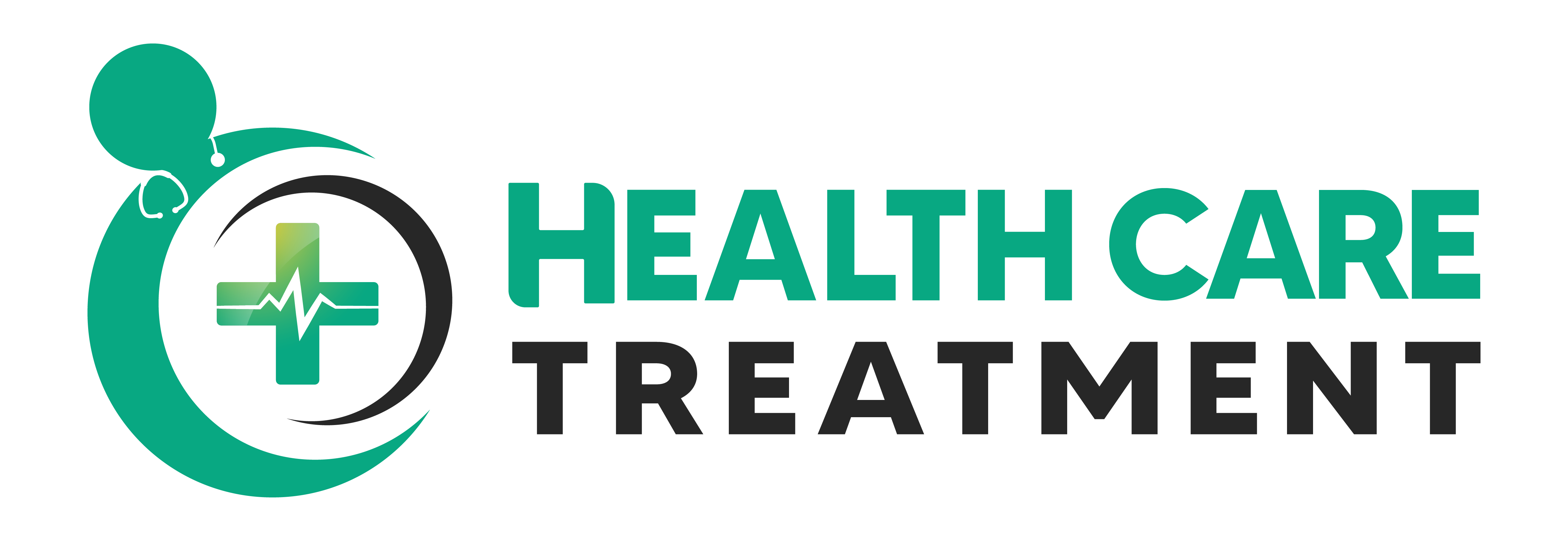21 May, 2024 | Stephen Andersen | No Comments
How to Safeguard Against Adverse Drug Reactions Adverse drug reactions

Adverse drug reactions (ADRs) can be daunting for both patients and healthcare providers. They are unexpected responses to a medication despite its proper administration, ranging from mild itching to severe anaphylactic reactions. Due to their often unpredictable nature, it becomes paramount to understand strategies to prevent these potentially harmful effects.
Understanding Adverse Drug Reactions
ADRs are broadly classified into two categories: type A (augmented) and type B (bizarre). Type A reactions are predictable and dose-dependent, while type B reactions are unpredictable and unrelated to doses. Most ADRs belong to the predictable category and, hence, are preventable with the right knowledge and precautions.
Steps for Prevention and Management
Detailed Medical and Drug History
This is the foundation upon which the prevention of ADRs is built. Healthcare providers must take a comprehensive history that includes all medications—prescription, over-the-counter, and herbal supplements—that a patient is taking. Knowledge of previous drug allergies or adverse reactions is crucial. This history helps in identifying potential drug-drug interactions or contraindications.
Educate Patients
Patients should be educated about the medications they are consuming—their uses, correct doses, the importance of adherence, and potential side effects to watch for. This direct information can empower patients to manage their health more effectively and recognize early signs of adverse reactions.
Implement a Drug Allergy Skin Test
One specific preventive strategy for type B reactions, particularly drug allergies, is the implementation of a drug allergy skin test. This test can help identify allergenic compounds in individuals before a full systemic exposure occurs. By identifying potential allergies in advance, medical professionals can choose safer therapeutic alternatives for their patients.
Monitor Therapy
Ensuring proper follow-up with patients is essential, particularly for those on long-term medication or those taking drugs known for their severe side effects. Regular monitoring encompasses both physical check-ups and lab tests to detect early signs of toxic effects before they become severe.
Utilizing Technology
Digital tools and applications can aid both patients and doctors in tracking treatment progress and any emergent side effects. For instance, some apps can help patients remember when to take their medication and communicate this information back to their healthcare provider in real-time.
Conclusion
The prevention of adverse drug reactions is an achievable goal if patients and healthcare providers collaboratively work towards it. Through a comprehensive approach involving detailed patient history, diligent monitoring, and the use of technology, healthcare can be made safer and more effective. Being proactive is not just a choice but a necessity in the path towards robust health management and ADR prevention.
